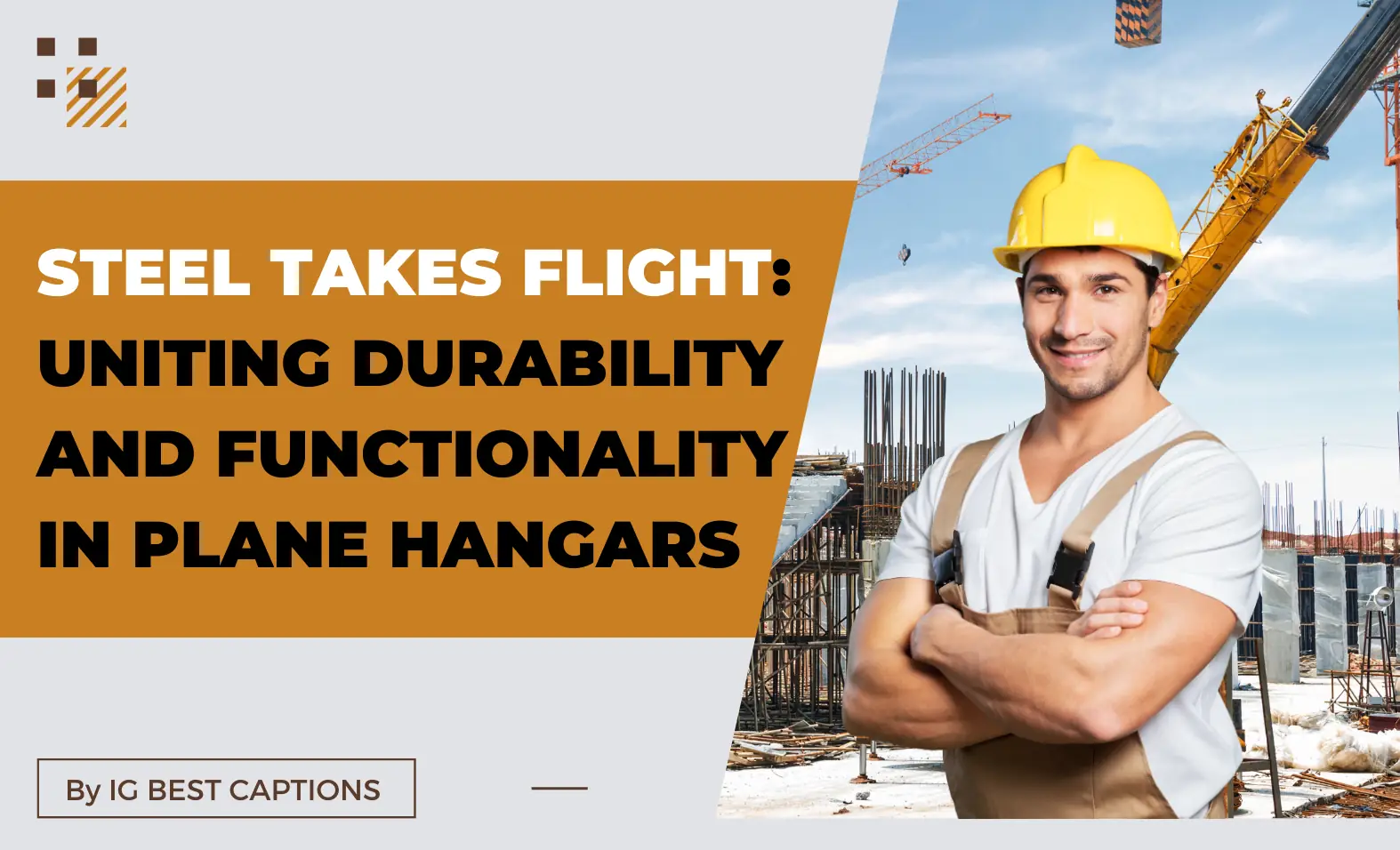Steel Takes Flight: Uniting Durability and Functionality in Plane Hangars
The importance of plane hangars in aviation can never be overstated. These structures serve as protective shelters for aircraft and contribute to streamlined operations. Constructing plane hangars that exhibit both durability and functionality requires careful consideration of materials. In this article, you will find the remarkable attributes of steel in building plane hangers, elucidating how...
Felicity Chance
November 8, 2023
CONTENTS
The importance of plane hangars in aviation can never be overstated. These structures serve as protective shelters for aircraft and contribute to streamlined operations. Constructing plane hangars that exhibit both durability and functionality requires careful consideration of materials. In this article, you will find the remarkable attributes of steel in building plane hangers, elucidating how it successfully combines strength and practicality.
The Strength of Steel
Steel, renowned for its exceptional strength, has consistently been the material of choice for constructing various structures. In the context of plane hangars, steel offers a multitude of advantages. Its robustness ensures a reliable defence against adverse weather conditions, safeguarding the aircraft housed within.
Durability in Challenging Environments
Plane hangars endure continuous exposure to the elements, including rain, wind, snow, and extreme temperatures. The inherent durability of steel enables these structures to withstand such arduous conditions, providing a secure environment for aircraft maintenance and storage. The corrosion-resistant properties of steel prevent rust and degradation, ultimately extending the lifespan of the hangars.
Flexibility in Design
One of the key benefits of employing steel in plane hangar construction lies in its versatility. Steel enables the creation of large, column-free interiors, offering abundant space for aircraft maneuvering and storage. This flexibility permits hangars to accommodate aircraft of various sizes and configurations, ensuring adaptability to evolving operational requirements.
Cost-Effectiveness and Time Efficiency
Steel construction offers notable cost-effectiveness and time efficiency when compared to traditional building materials. The streamlined manufacturing process of steel components significantly reduces construction time. Furthermore, the ease of assembly and modularity of steel structures translates into lower labour costs. These factors make steel an appealing choice for constructing plane hangars, particularly when adhering to tight budgets and strict timelines.
Enhanced Safety Measures
Safety remains paramount in the design of plane hangars. Steel structures inherently possess fire resistance, mitigating the risk of fire-related incidents. Steel hangars can also be customized to meet specific safety requirements, incorporating features such as sprinkler systems and fire-resistant coatings. These measures ensure the protection of both aircraft and personnel within the hangar.
Sustainable Construction Practices
As the concept of sustainability grows, steel construction aligns seamlessly with eco-friendly practices. Steel is a recyclable material, allowing for the reuse of components and reducing waste. Moreover, the energy efficiency of steel structures contributes to environmental conservation. By selecting steel for plane hangar construction, organizations demonstrate their commitment to sustainable building practices.
Aesthetics and Customization
Aesthetics play a crucial role in creating visually appealing plane hangars. Steel construction offers a wide range of customization options, allowing for the creation of hangars that align with an organization’s branding and architectural vision. From exterior finishes and colour choices to architectural details, steel provides the flexibility to design hangars that are not only functional but also visually striking.
Long-Term Maintenance and Upgrades
The durability and adaptability of steel in plane hangar construction extend to long-term maintenance and upgrades. Steel structures require minimal maintenance, reducing overall costs and efforts associated with repairs. The modularity of steel components allows for easy expansion and modifications as per evolving needs. Whether it’s incorporating additional storage space or upgrading hangar facilities, steel provides a sustainable and efficient solution for long-term scalability.
In conclusion, steel emerges as an exemplary choice for constructing plane hangers, seamlessly combining durability, functionality, and cost-effectiveness. Its unparalleled strength, flexibility, and resistance to adverse conditions position it as an ideal material for protecting aircraft and facilitating efficient operations. As the aviation industry progresses, steel continues to soar as a dependable and innovative solution for constructing plane hangars.
More posts
What is Nicolle Wallace Salary at MSNBC? [2025 Update]
Nicolle Wallace anchors MSNBC's afternoon politics program "Deadline: White House," and viewers often ask about her expected 2025 salary. The…
Paul Saladino Net Worth: How The Controversial MD Built His Fortune
Dr. Paul Saladino has amassed an estimated net worth of $2 million. His success makes him one of the most…
Lystra Adams Net Worth: Inside the Real Housewives Star's Wealth Journey
Real Housewives of Cheshire star Lystra Adams has built an impressive net worth between $1 million and $5 million. The…


